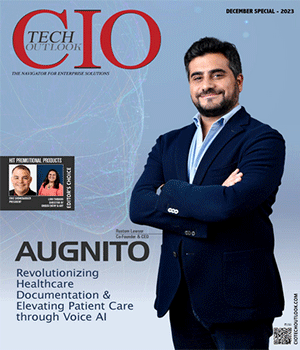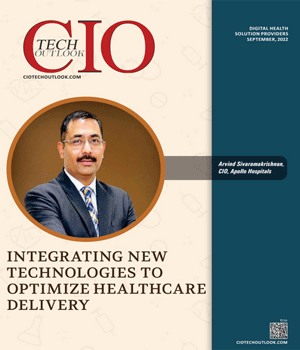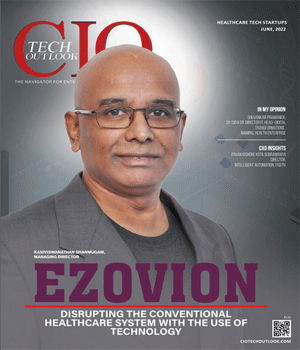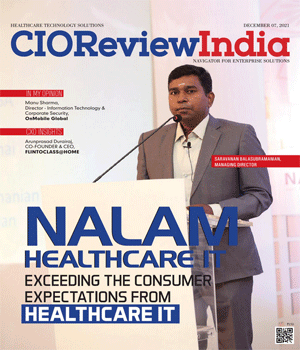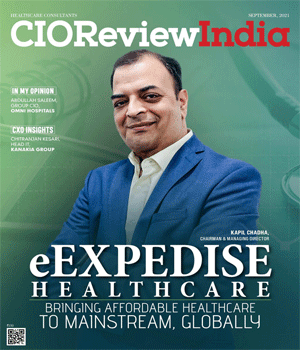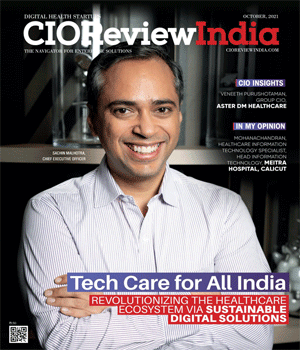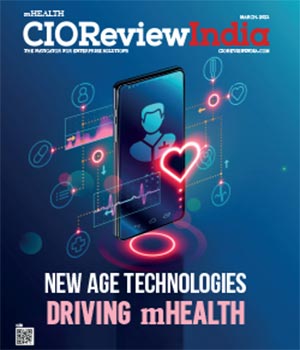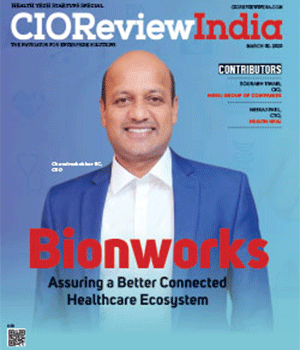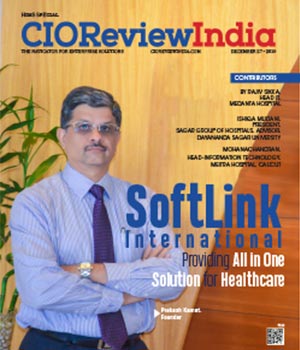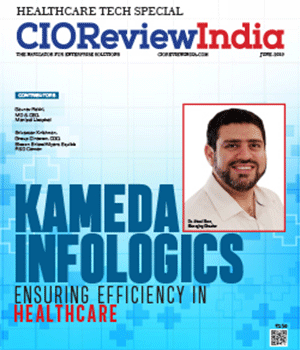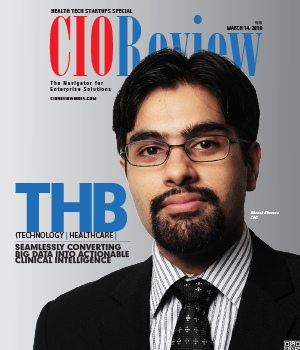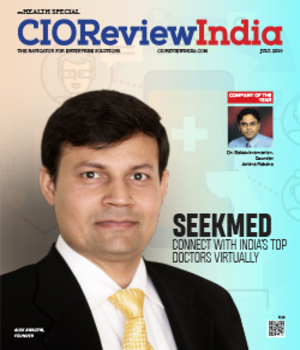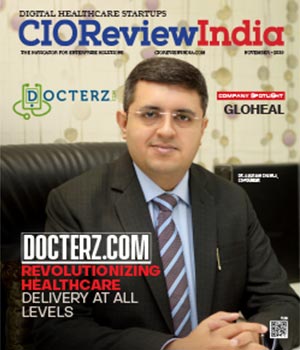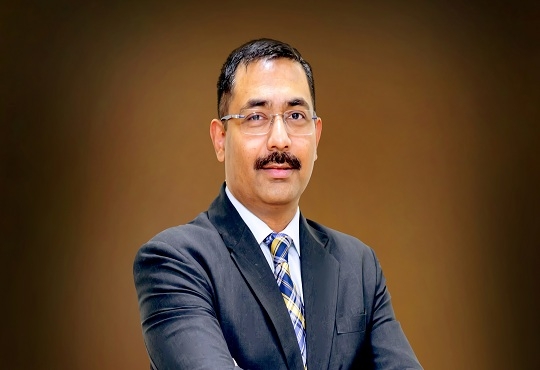
How to Bridge the Healthcare Digital Divide
Ishaq Quadri, Group CIO, KIMS Healthcare Management Ltd | Thursday, 15 February 2018, 10:12 IST
 With the proliferation of smart phones, usage of internet coupled with the challenges of a busy modern day lifestyle, the way we transact has completely changed to an extent that availing services online is becoming first choice for a growing number of consumers. But still, adoption of IT in Hospitals is lagging by about 15 years when compared to its counterparts in Retail and BFSI.
With the proliferation of smart phones, usage of internet coupled with the challenges of a busy modern day lifestyle, the way we transact has completely changed to an extent that availing services online is becoming first choice for a growing number of consumers. But still, adoption of IT in Hospitals is lagging by about 15 years when compared to its counterparts in Retail and BFSI.
What are the inherent challenges in adoption and why in the first place it is so difficult to target a totally digital Hospital? This article attempts to unravel mysteries of the digital divide and suggest solutions with a special focus on Electronic Medical Records (EMR) and Hospital Information Systems (HIS).
The Digital Divide
End User Concerns
The main concerns quoted by Doctors on being averse to complete adoption of Computerized Physician Order Entry (CPOE) is the paucity of time, patient safety, solutions are not user friendly, are grossly inadequate and do not suit the workflow of medical practice.
The following are the reasons why we are in this mess on functionality front:
a) Lack of Standardization: There are no Industry specific standards or expectations defined on what should constitute a bare minimum functionality.
b) Solution Fitment: Vendors of all size and shape with only technology background have plunged into software development and have contributed to the divide between technologist and clinicians.
c) Usability and End User Comfort: User experience and ease of usage may sound very basic but is significant from one) poor familiarity of usage and second) Poorly designed and Complex interfaces which are cumbersome and consume more time
Technology Issues and Limitations
Technology barriers play their own damaging role in dampening and impairing implementations, the following are some commonly noticed ones:
a) Architecture: The architecture of the system plays a crucial role especially when you want to customize and expand. Check if the solution is Cloud enabled, Mobile Ready, Web Based, and follows Open architecture.
b) Interoperability: On the close lines of the Architecture mentioned above is the interoperability which is a function of integration capabilities and standards compliance without compromising security.
c) Performance: Systems tend to start weighing in as more functionality is added or data gets loaded. From an end user perspective this is a major dampener as Doctors want speed and agility in navigating the patient record
d) Security and Privacy Concerns: Information security need to be looked at in a holistic manner in the entire eco system with a clear strategy, constant vigil and proper corrective measures.
Cost and Implementation Challenges
A large cross section of medium and small Hospitals are getting interested to implement systems but are challenged on the budgets as some of the Tier1 solutions are just beyond their reach.
The inordinate delays in software delivery by vendors is a common challenge across industry. A poorly designed or incomplete system needs heavy maintenance and at the same time the Hospital which employs nonstandard practices or workflows will ask for too many changes.
Bridging the Divide
Having looked at the problems that contribute to the digital divide let us now ponder on what are the plausible solutions.
Management Interventions
In terms of Management Interventions the following needs to be done:
• Management Commitment: All Digitization initiatives need a sound and solid management blessings and backing. To put it simple, it has to be driven by the CEO or CMD office period.
• Organizational Drive/ Change Management: Ensure effective communication and onboarding of all relevant and impacted parties right from the beginning and have their say for example by way of End User Task Force.
• Enablement of the IT Function: IT is usually not given due respect and recognition and in many places reports to Finance or Admin and even HR. This practice has to stop and one need to have an empowered resource at a CxO executive level to lead the team.
• Relationship with the Solution Provider: Given the fact that there are no real ‘off the shelf’ products on the HIS/EMR space the need for changes and enhancements is quite high and so is the need to maintain a close, cordial and mutually beneficial relationship with the solution provider.
• Project Management Approach: All endeavors need to have stated goals, clear start/ end time and should create a unique product/ outcome.
• Emphasis on Training: End user Education and Training cannot be emphasized more as it decides in many cases the success of the initiative. It is a big challenge to get the Doctors and Clinical staff time but one has to be persistent in ensuring they do attend.
Technology Interventions
Following are the technology related remedies to bridge the digital divide in Hospitals
• Suitability of the Software: A careful study need to be carried out while selecting the HIS/EMR software suitable to the Hospital. There is no ‘one size fits all’ solution out there.
• Focus on Usability: To understand end user perspective, one needs to step into the shoes of the primary users i.e. Doctors and do Role Plays and User Stories, reduce the number of clicks and clutter on screen.
• Performance and Speedy Data Entry: The systems need to be optimized to enable quick review and instant storage. Also features such as templates, patient order sets need to be created and actively promoted as they drastically improve the speed to data entry and turnaround time
• Integrations: With consistent adoption of HL7 standard more and more machines used in Lab and Radiology today are integrate-able.
CIO Viewpoint
Integrating New Technologies to Optimize...
By Abhrasnata Das
Quantum Shift in Healthcare Driven by...
By Abhrasnata Das
Product Adoption: Realizing The Real Value
By Ashish Pandey, CIO, GSK Consumer Healthcare India
CXO Insights
HIT Promotional Products: Fostering Empowerment...
By Eric Shonebarger, President & Lori Thibado, Director of Order Entry & Art
Addressing the Data Management Challenges in...
By Richa Singh
Elevating Patient Experience with Remote...


